ABOUT THIS APP
The Wildfire Aware app is intended to provide information about the current status and potential impact of wildfire incidents in the United States. This app opens with the list of fires sorted by the number of personnel assigned from greatest to least as reported by incident staff. The data included in this application can all be found in ArcGIS Living Atlas and are from authoritative entities.
USE THIS APP
Select a fire from the list, change the sort option to date, name or size, or use shift and your mouse to draw a box and zoom in. Once you have selected a fire or clicked on the map, details will be displayed in the information panel on the right giving you more information about a wildfire along with impacts to human and ecosystem populations. You can also sort by wildfire name, date or size, by selecting the relevant filter in the information pane.
Read more about Wildfire Aware and ways to use it here.
PERSONNEL BREAKDOWNS
The categories below represent the number of personnel assigned.SOURCES
The 22 data layers used in this application can be found in ArcGIS Living Atlas:
Environmental Protection Agency – Ecoregions and Air Quality Current and Tomorrow
National Aeronautics and Space Administration – MODIS and VIIRS
National Weather Service – Temperature Forecast, Wind Speed, Weather Watches and Warnings
US Department of Agriculture – Drought Monitor
US Census – Census 2020 Redistricting Blocks and American Community Survey
USDA Forest Service – Wildfire Burned Areas, Wildfire Hazard Potential, Forest Type Groups, and Forest Carbon Pools
US Fish and Wildlife Service – Critical Habitat
US Geological Survey – National Land Cover Database and Protected Areas Database
Integrated Reporting of Wildland-Fire Information (IRWIN) – Wildfire Points
National Interagency Fire Center (NIFC) – Wildfire Perimeters
Nature Serve – Imperiled Species
Esri – 2023 Demographics and World Ecological Landforms
This app is provided for informational purposes and is not monitored 24/7 for accuracy and currency and is licensed under the Esri Master License Agreement. View Summary | View Terms of Use

The Power of People-First Language
This blog post from Parent to Parent USA discusses the importance of people-first language in referring to individuals with disabilities. It explains how this respectful language emphasizes personhood over disability and combats stereotypes and discrimination. The post delves into the historical advocacy for such language, its role in inclusive communication, and provides guidelines for its proper use.
Read More...
Volunteer Support Parent Training
Join Families Helping Families of Acadiana’s Acadiana Parent Connection for this free training to learn how to support parents of newly diagnosed children and become a Volunteer Support Parent.
Read More...
Upcoming EarlySteps Family Orientation Webinars
New to EarlySteps? These live webinars introduce you to Louisiana’s Part C program and what you can expect for you and your family. Register today!
Read More...


